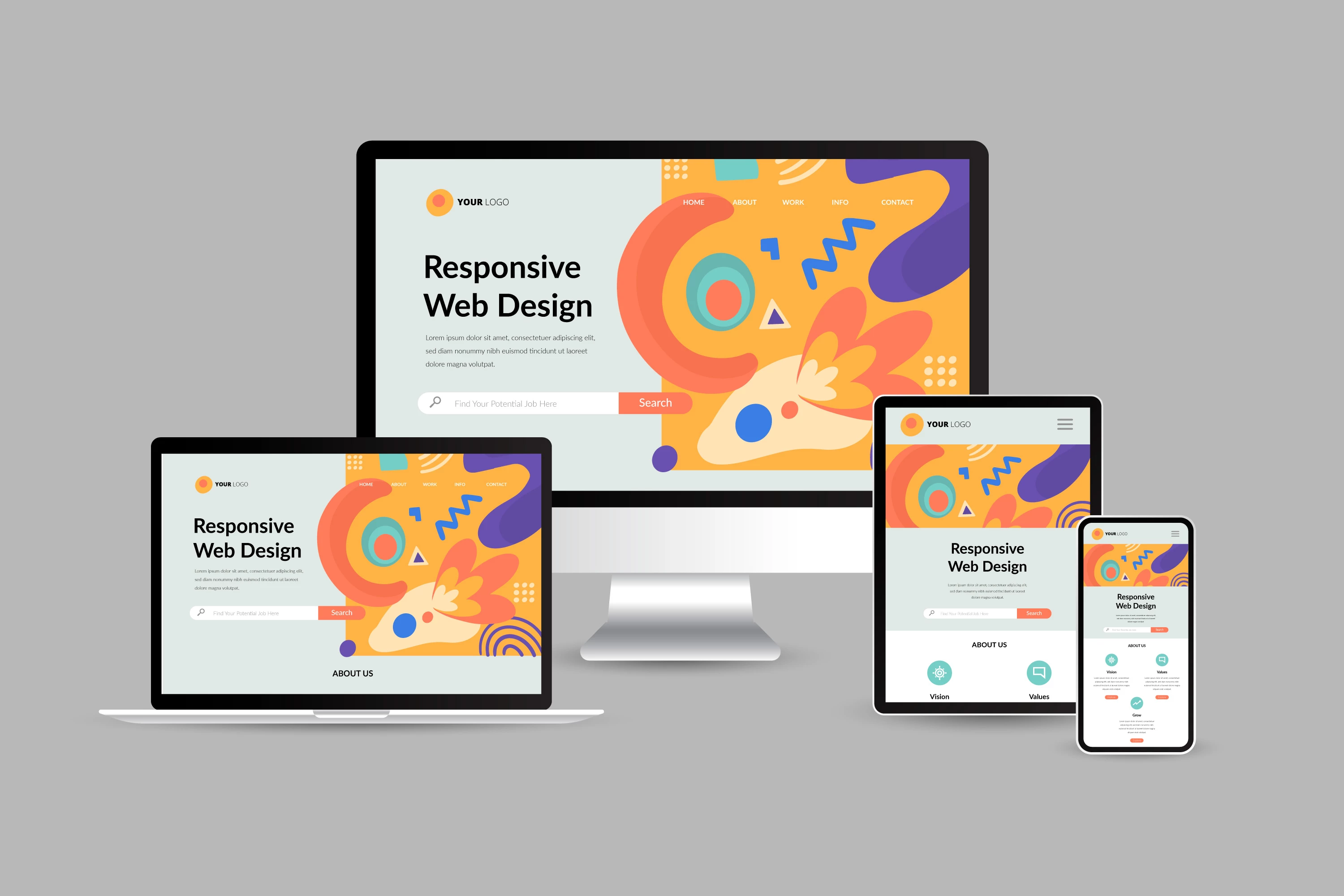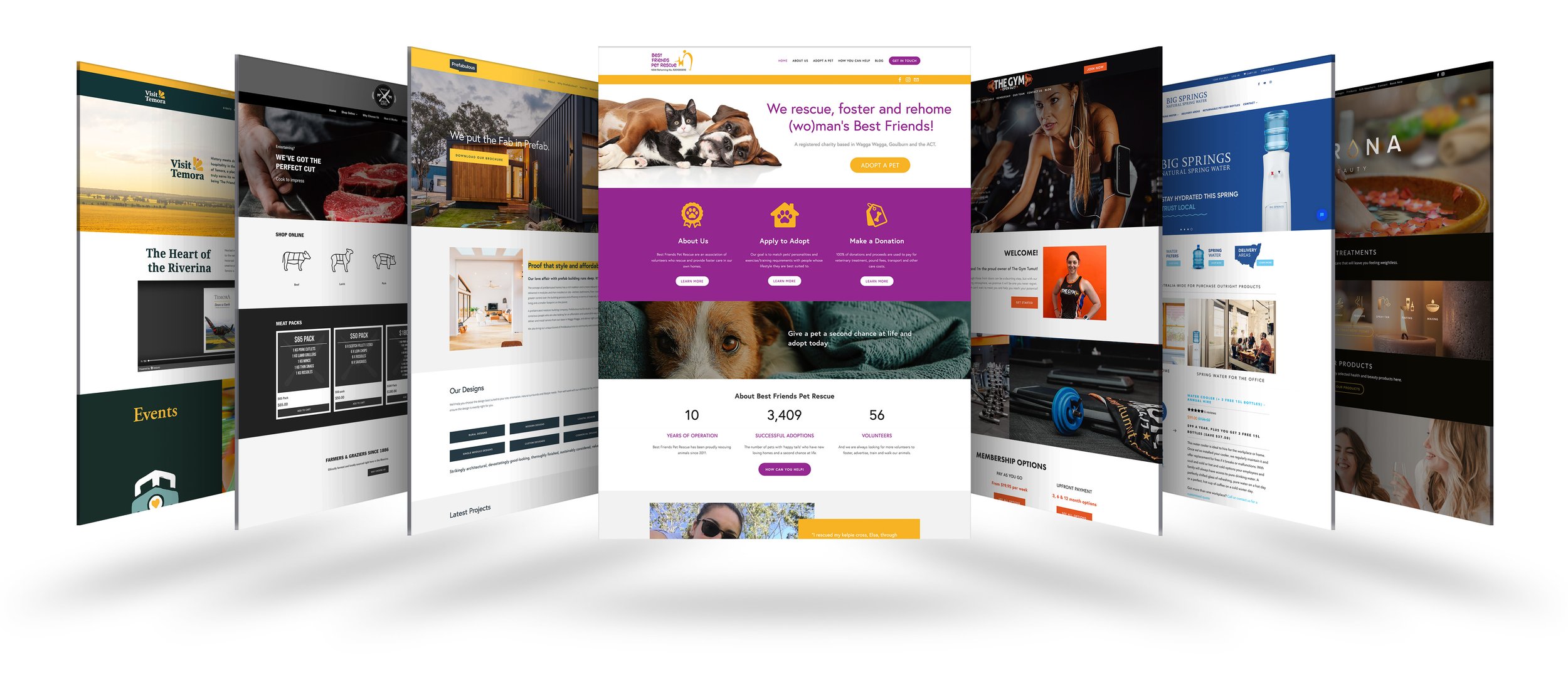Leading Tips for Creating an Impactful Internet Site Style That Transforms
To accomplish this, one need to take into consideration a variety of factors, consisting of understanding the target audience, focusing on customer experience, and maximizing for mobile systems. The strategic use of compelling call-to-actions and a well-defined visual power structure plays an important role in guiding customers through their journey.

Understand Your Target Target Market
Understanding your target audience is essential to reliable internet site style, as it lays the foundation for developing an engaging user experience. Recognizing that your users are, including their demographics, choices, and actions, allows developers to tailor the web site's content, layout, and functionality to satisfy certain requirements.
Carrying out complete market study is critical in this process. Surveys, interviews, and analytics can provide valuable insights into customer expectations and discomfort factors. By assembling this information, developers can create user personas that stand for various sections of the target market, making sure that style choices are notified and appropriate.
Moreover, understanding the target market helps in picking suitable layout components such as color design, typography, and images that resonate with individuals. An internet site that speaks directly to its audience promotes a feeling of connection and depend on, urging longer check outs and greater conversion prices.
Ultimately, a user-centered approach to site style not only improves individual satisfaction yet also sustains organization purposes by driving involvement and commitment. By prioritizing the demands and choices of the target audience, an internet site can successfully serve its objective and attain desired results.
Prioritize Customer Experience
To improve the overall efficiency of a site, focusing on user experience (UX) is important (Website Design). A properly designed UX guarantees that visitors can navigate the website easily, locate information rapidly, and engage with material meaningfully. This brings about boosted individual contentment and higher conversion prices
Begin by applying instinctive navigation. Menus must be realistically structured, permitting users to situate essential areas of the site with marginal initiative. Uniformity in design aspects, such as shade plans and font styles, promotes knowledge, which is important for preserving individual interaction.
In addition, consider the packing rate of your site. A hold-up of simply a few seconds can result in significant drop-offs, as users are less likely to wait on a slow-loading page. Streamlining photos and optimizing code can enhance performance and maintain site visitors.
In addition, quality in material discussion is essential. Use succinct, interesting language and separate message with visuals to boost readability. By focusing on customer experience, you not just develop an extra satisfying environment for site visitors but additionally enhance your brand name's integrity. Eventually, an emphasis on UX is an investment in the long-lasting success of your site.
Enhance for Mobile Instruments
Optimizing for mobile phones is vital in today's electronic landscape, where an enhancing variety of individuals accessibility internet sites through smart devices and tablet computers. A mobile-friendly design not only improves customer experience however likewise plays a considerable function in enhancing online search engine positions. To accomplish this, it is vital to embrace a receptive style that immediately adapts to numerous display dimensions and alignments.

Filling rate is one more essential variable; mobile individuals are generally much less patient and anticipate rapid accessibility to info. Optimize photos and utilize browser caching to boost performance. Ultimately, examination your site on multiple devices and display resolutions to go to this web-site determine and rectify any type of potential use concerns. By prioritizing mobile optimization, you ensure that your internet site stays competitive and successfully involves a wider target market.
Usage Compelling Call-to-Actions
A website's efficiency often rests on its capacity to guide site visitors towards desired activities, making compelling call-to-actions (CTAs) necessary components of layout. CTAs offer as the crucial points that guide individuals to involve with the site, whether that suggests buying, authorizing up for a newsletter, or downloading and install a resource.
To develop effective CTAs, quality is extremely important. Use concise language that plainly communicates the action you want the customer to take.
Furthermore, the style of CTAs must stick out without being interfering. Use contrasting shades and clear typefaces to ensure they capture interest. Additionally, think about utilizing directional hints, such as arrows or pictures, to guide users toward these buttons. By concentrating on these elements, services can considerably enhance individual engagement, driving conversions and ultimately achieving their website's goals.
Concentrate On Visual Hierarchy
Effective website style depends greatly on a well-structured aesthetic hierarchy that overviews individuals through web content perfectly. By organizing elements in a manner that focuses on information, developers can enhance user experience and facilitate decision-making. This entails using dimension, shade, contrast, and spacing strategically to accentuate the most important components of a webpage.
Making use of bigger font styles for headings and subheadings establishes a clear difference between different areas, enabling individuals to check content easily. In addition, using contrasting shades for switches and calls-to-action can capture customer interest and encourage communication. Whitespace is an additional important element; it protects against clutter and allows individuals to concentrate on key messages without interruptions.
Pictures and graphics need to complement the text while likewise sticking to the well-known power structure, reinforcing the general message (Website Design). Consistency in style components, such as shade systems and typography, further strengthens the aesthetic power structure, making navigating instinctive

Conclusion
In verdict, effective site design necessitates a comprehensive understanding of the target audience, prioritization of user experience, and mobile optimization. Inevitably, a well-executed website design serves as a vital element in driving individual actions and accomplishing service purposes.